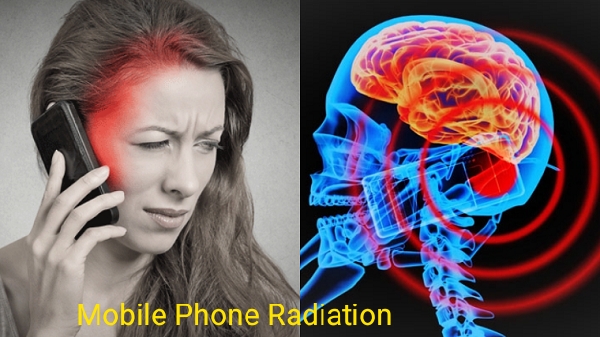Monsoon and Incidence of Dengue
The word monsoon came from Arabic word "mausam" which means season. This language is widely used in Nepal also. This term was first used in Britan, India and neighboring countries as a English language. The monsoon in Nepal originate from the bay of Bengal and moves to the southern slopes of the great Himalayan. Normally, the monsoon period start at mid June to late September. This heavy rainfall season is most suitable time to spread of the aedes mosquito which transmits the dengue virus.
Dengue is a mosquito borne viral infection whose incidence has grown significantly in the recent decades. Globally, about half of the world population is now at risk. An estimated 50 million population annually infections occur whereas 5 lakh people have hospitalized annually. Among them 90% of the infection occurs among under five age children. Dengue has been endemic in more than hundred countries whereas south Asia and western pacific countries are seriously affected. The first case of dengue virus was reported from Nepal in 2005.
Dengue is caused by the dengue virus which has four serotypes DENV-1, DENV-2,DENV-3.DENV-4. All the serotypes of dengue found in Nepal since 2006. it is transmitted by the bite of infected female aedes mosquitoes. Temperature and humidity plays the important role, survive best between 16 ͦC - 30 ͦC and the relative humidity of 60-80%. It breeds during the rainfall season, water storage areas and in artificial containers around the houses.
Signs and symptoms of the dengue include severe headache, muscle and joints pain, high fever, nausea and vomiting, pain behind the eyes and some rashes. In severe case, rapid breathing, severe abdominal pain, dengue hemorrhagic fever and dengue shock syndrome occurs. There is no specific treatment for dengue fever and severe dengue but it can be controlled by managing the sign and symptoms.
Prevention and control strategies are most useful to reduce the incidence of the dengue in national and international context. Activities includes use of personal protection measures,use of mosquito repellents, tight fitting mesh/screens on windows and
door, elimination of mosquito breeding in and
around the house by covering all water containers in the house to prevent fresh
egg laying by the mosquito. Similarly, early case detection and treatment, entomological surveillance and community awareness program is necessary.




Good...keep writing my smart girl 😊
ReplyDeleteThank you
DeleteGood one. Keep writing anisha❤️
ReplyDeleteThank you so much
Delete